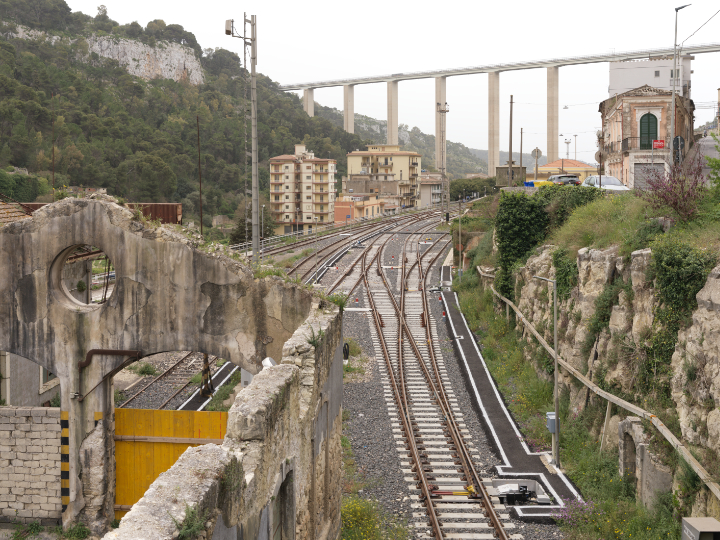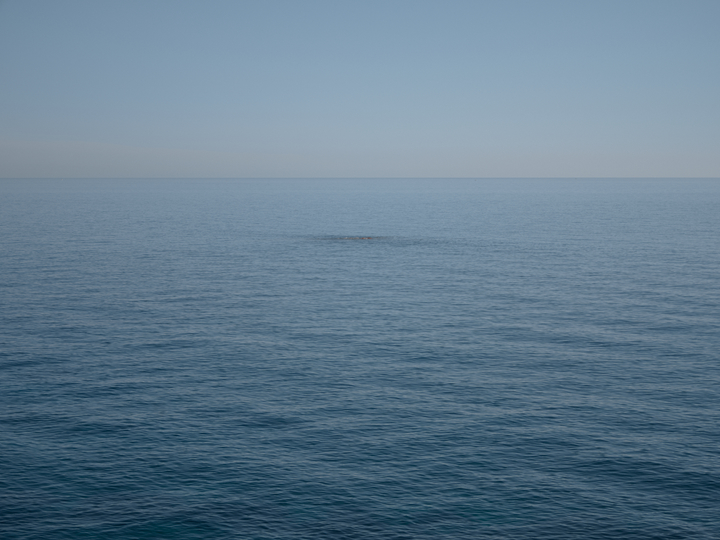
Singularity: a point where regular behavior degenerates or becomes chaotic.

Singularity: a point where regular behavior degenerates or becomes chaotic.
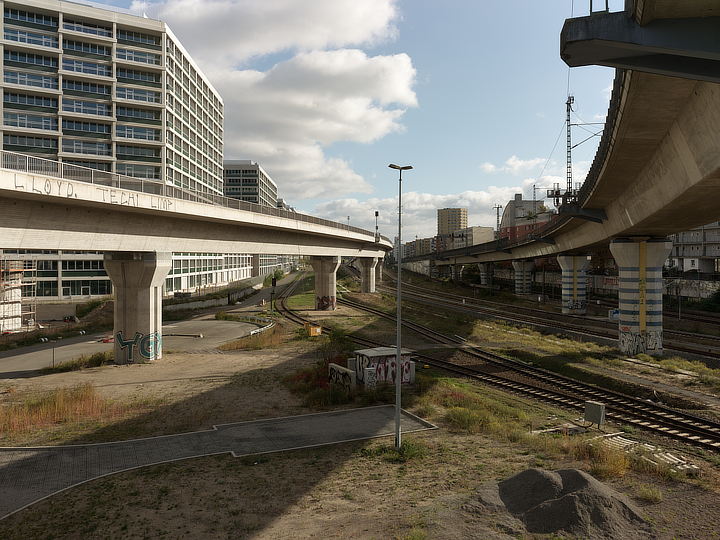
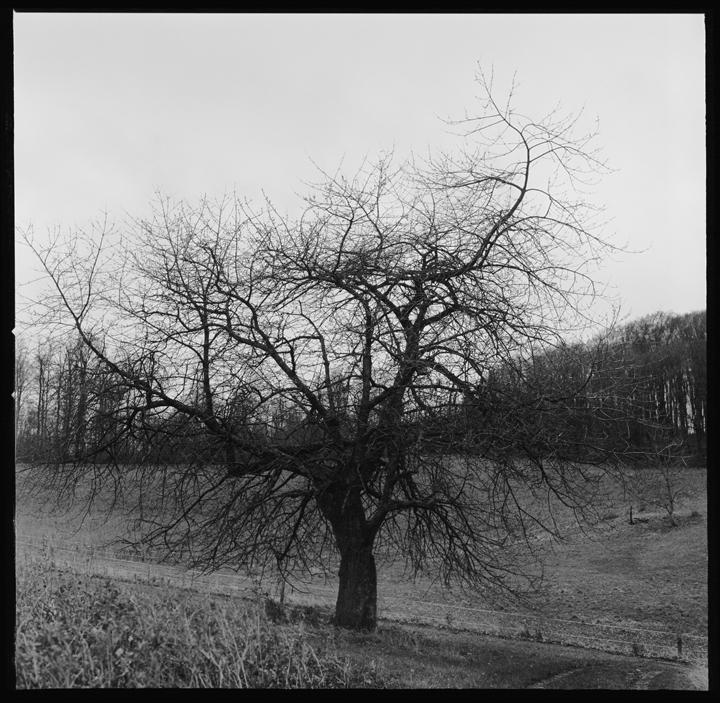
Very often, when I photograph, I don’t review my work immediately. Instead, I let some days pass by. The reason behind this habit is to emotionally detach from my work so that I can judge it more objectively.
I recently discovered an exposed black-and-white film in a drawer, devoid of any notes. Considering I rarely open that drawer, it must have been there for years. Of course, this extreme act of “detachment” occurred by mistake, but the feeling of having found a hidden treasure was magical.
Intrigued by this discovery, I developed it yesterday. Fortunately, the developed frames turned out in pretty decent condition. I can’t really recall where I was when I took those photos, which makes it even more magical.
(Ilford FP4 Plus in 120 format developed in 510 pyro, 10 minutes at 20°C)
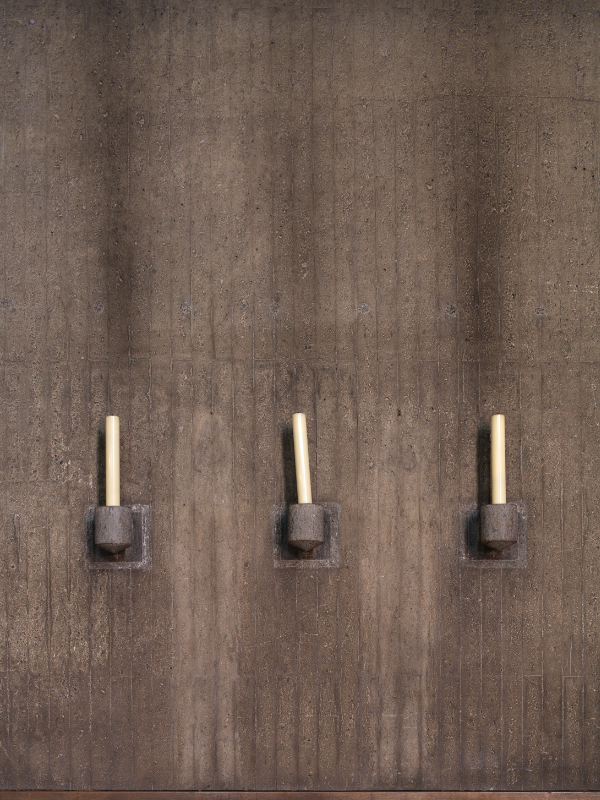
The longer I live in this world, the less I understand it. As the time passes by, I feel less and less aligned with the most widespread opinions around me, just like that candle in the middle.
Am I just a broken gear? Or, as I’ve grown older, have I simply seen the futility behind the curtains?
I cannot answer that question. I keep leaning more and more.
